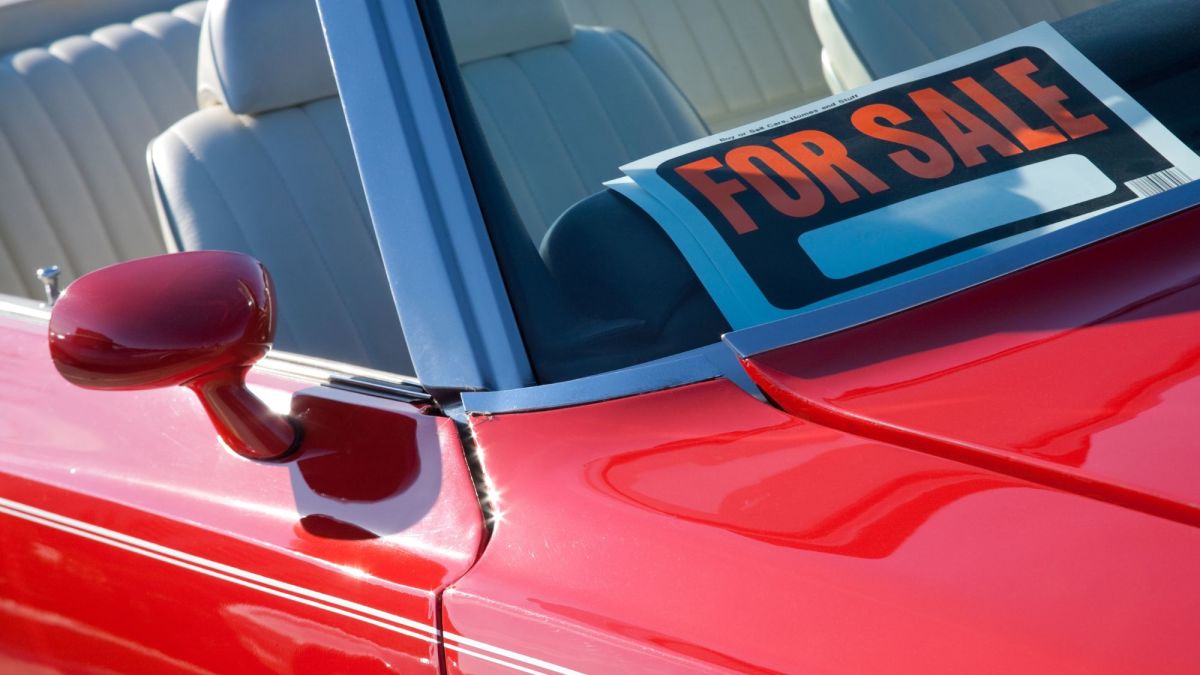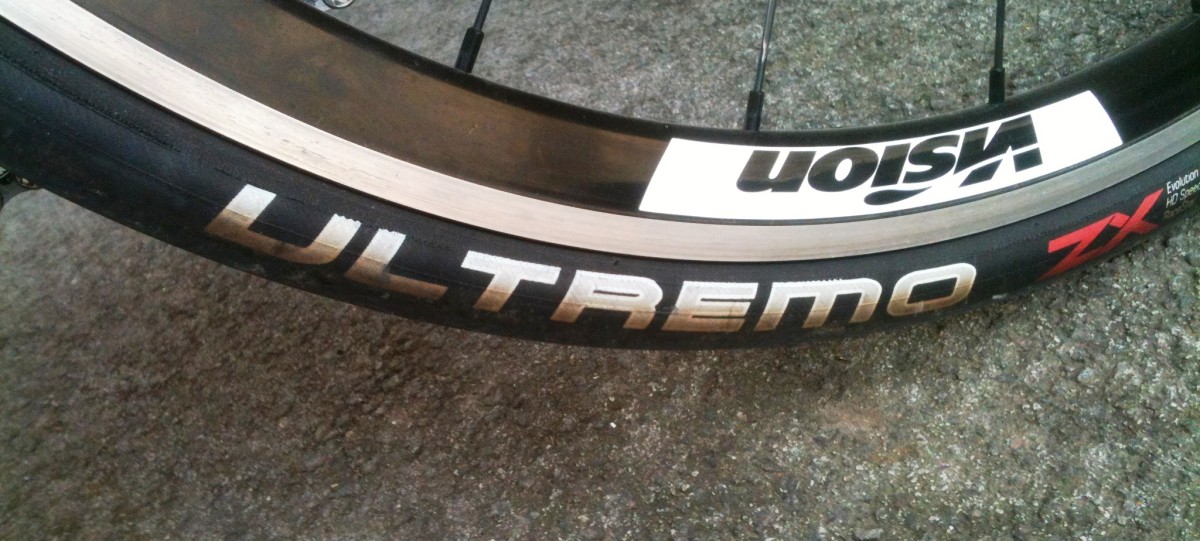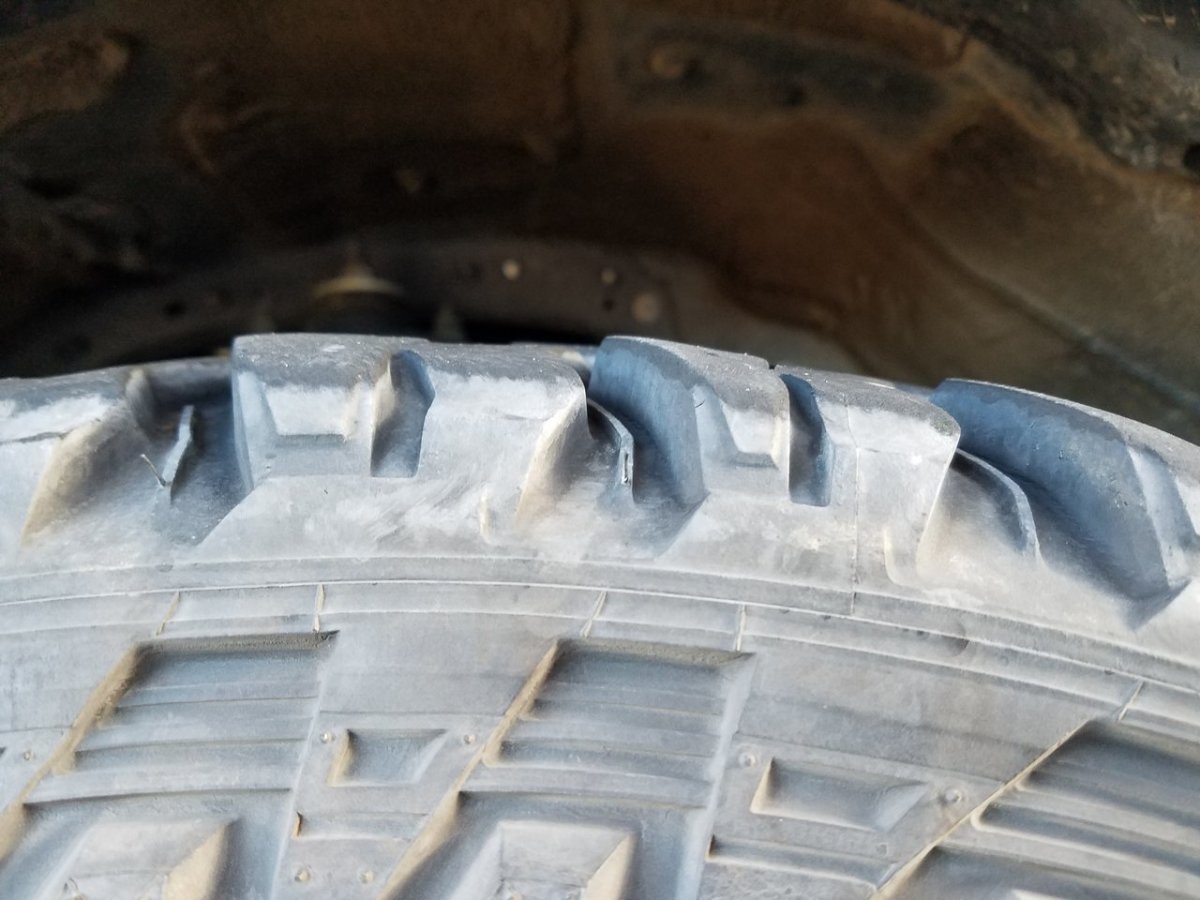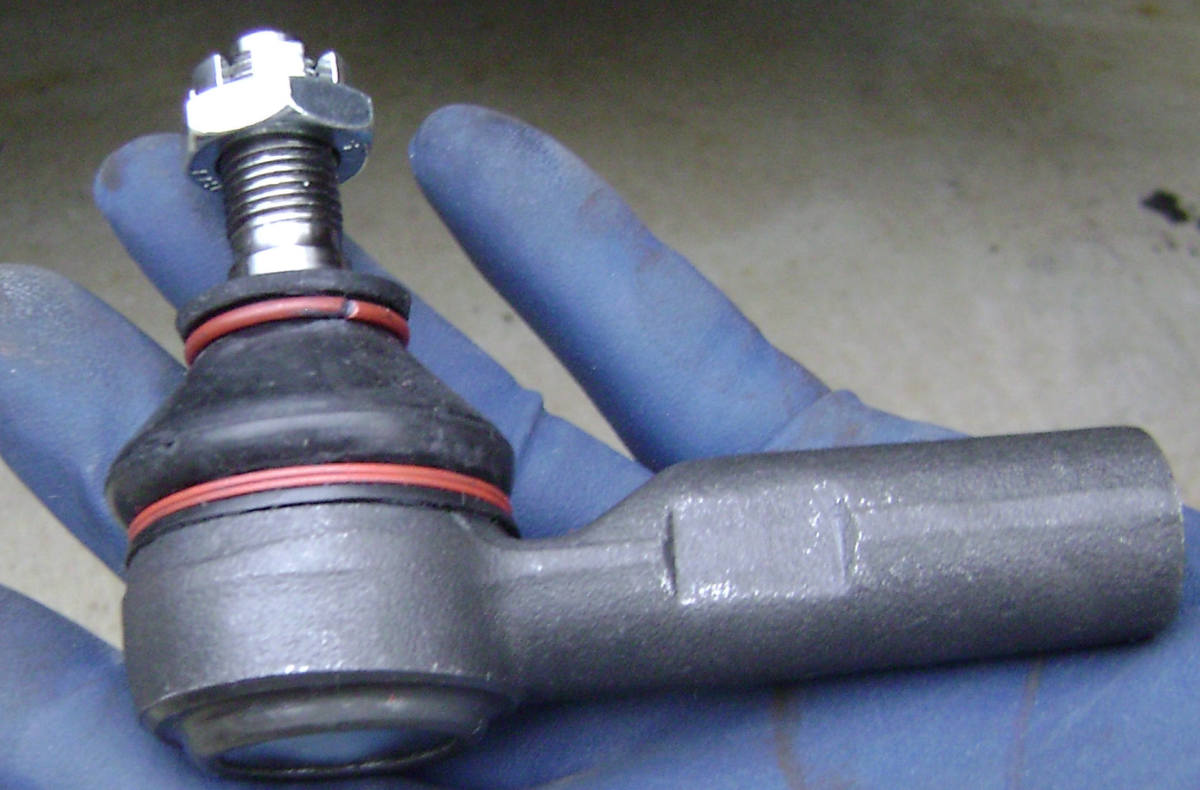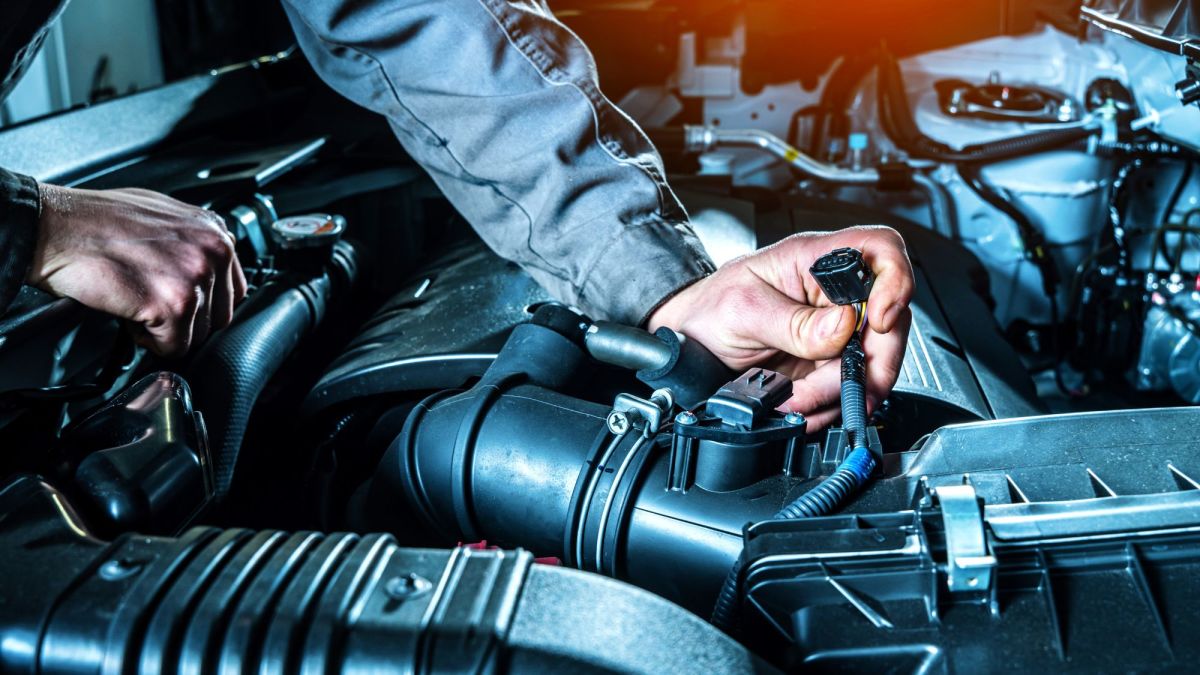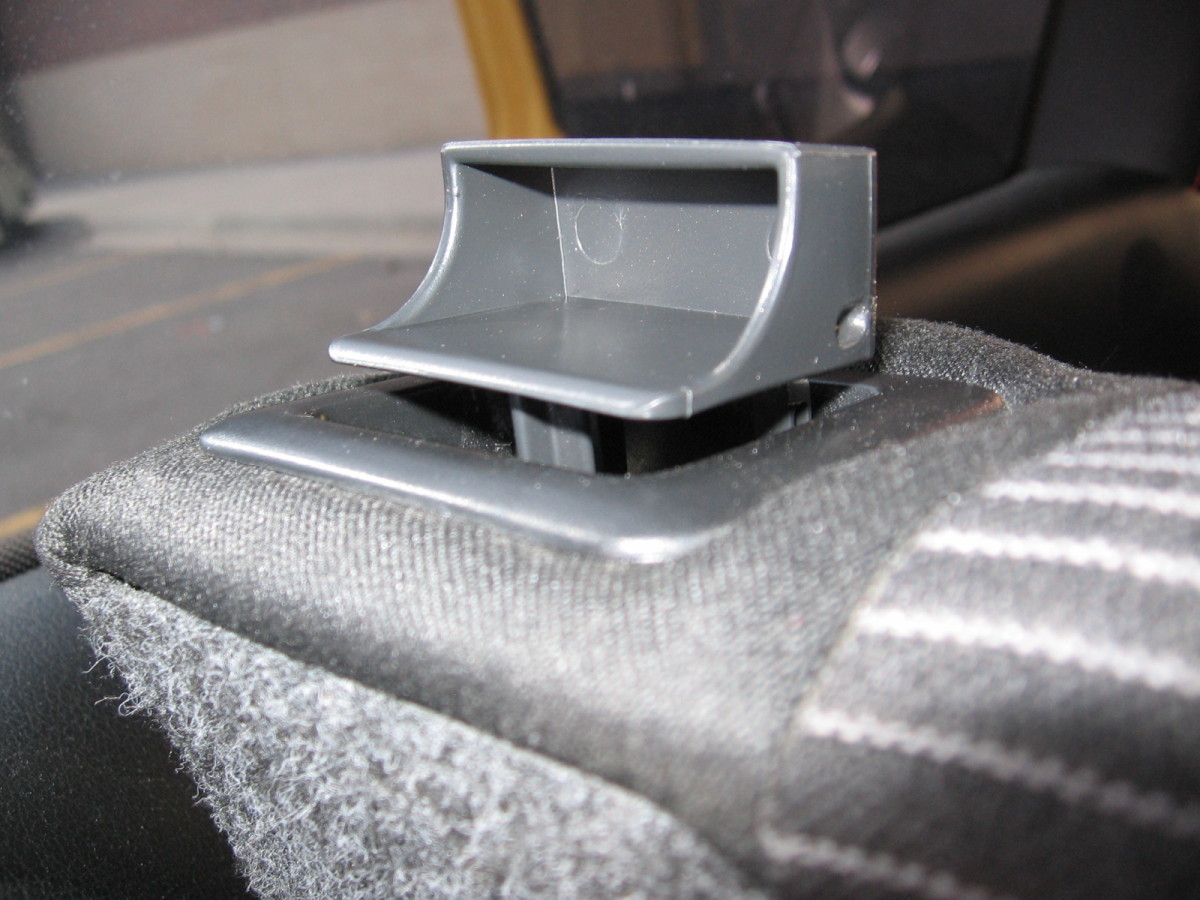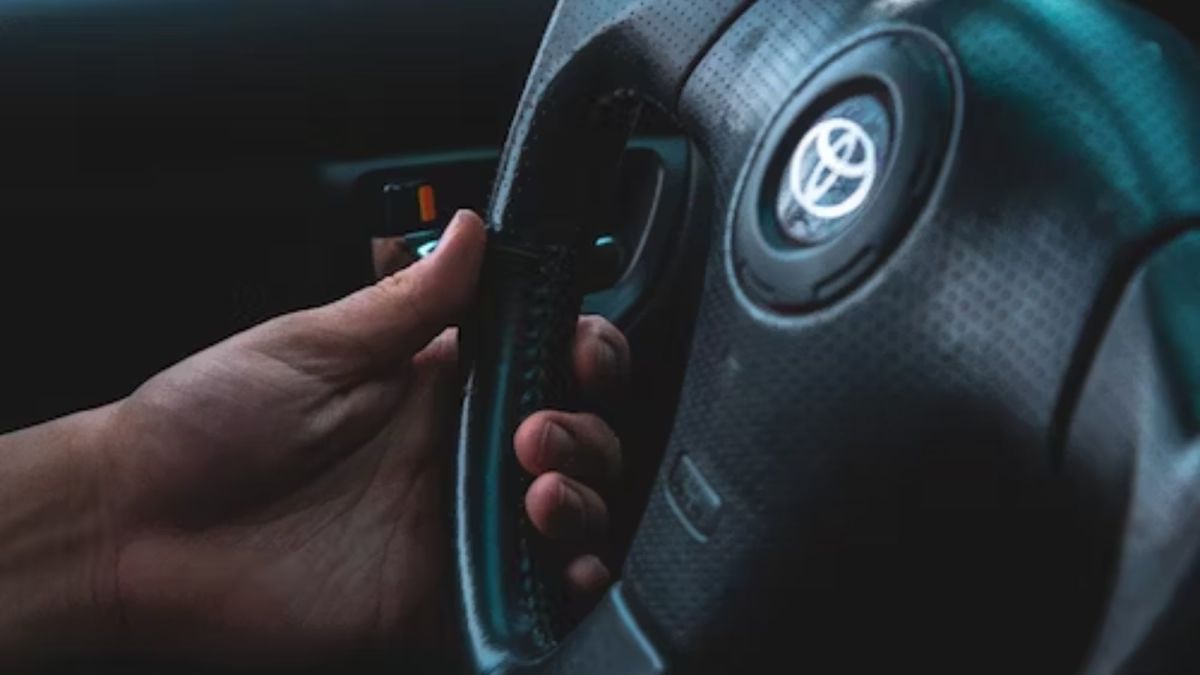When do Tires Need Replacement?

Checking your Tires for Defects
One of the things you have to do regularly in car maintenance is to replace your tires. Having the right tires is crucial to the performance and safety of your car. The National Highway Traffic Safety Administration [NHTSA] records show that 400 deaths on the road annually can be directly attributed to faulty tires. When tires cannot function properly, it is not only a legal requirement to replace them, it is also a life saving move.
In the United States, and many other jurisdictions, a tire is worn out when the depth remaining on the tread is 1/16 mm. Usually, it does not take a mathematician to determine when the treads have reduced to that depth. Most tires come with tread wear indicators. These are bridge like rubber connections joining one tread to another. They are usually lower than the tread height. So when the tread wears to the level of these indicators, then it is time to have it replaced. Having the correct tread depth is important since water is diverted away from the tire to improve traction. When the water is not properly diverted then it forms a layer below the tire causing skidding and poor braking which is known as hydroplaning. Remember the 1/16 mm depth is a legal requirement in the United States and so it is not really an option to replace at that level.
Another indicator that the tires may need replacement is uneven tread wear. Generally, tires are expected to wear evenly on the surface. Uneven wear occurs when one edge is more worn than the other. This is an indicator that the car wheels need to be aligned so as to solve this problem. If they are not worn beyond the legal limit, it is proper to have the alignment done. However, if the one side has already worn beyond the indicators, then the only option is to replace the tire while simultaneously having proper alignment done.
It is also important to always check the side panels of the tires for any signs of a bulge. Though this is not meant to occur, occasionally a particular strain may weaken the sides of the tires, thus causing it to bulge. A regular cause of this is scraping against rough surfaces or sharp objects like a sidewalk edge or a jutting metal. The tires are designed to bear such strains, but sometimes damage is not completely avoidable. When a bulge is seen, it is prudent to change the tire, since it may burst at that weak point in the course of a journey at high speed. That is a definite recipe for disaster.
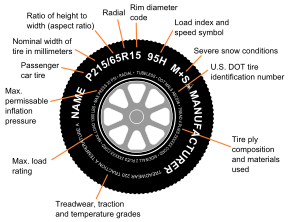
Choosing the Right Tires to Replace your Worn Ones
Motor vehicle tires are given different alphanumeric [letter and numeral] codes. These codes are engraved on the side panels of tires both on the outside and the inside. Getting the correct tires for your car when replacing should not be a challenge at all. The worn tires you are replacing should be a guide to the ones you need to purchase. The information pane on your oldies is an indicator of what you need in the new ones.
On the pane you will find the maximum load that the tire is supposed to carry in kilograms and pounds [for tires used in the US, Canada and Australia] as well as the recommended maximum pressure in Kilo Pascals [kPa] and in Pounds per square inch [PSI].
You will also find something like this P215/65R15 95H in addition to the name of the manufacturer. The P stands for passenger car, other letters on this spot can be LT [light truck], ST [special trailer] or T [temporary]. The last T means that the tire cannot be used fulltime but is limited to a spare wheel for a short period. 215 is the width of the tire in millimeters while the 65R15 is the height to width aspect ratio. 95H is the maximum speed at which the tire should be used.
The other important letters to look out for are R, D and B, where R stands for radial, D for diagonal and B for bias belt. All these have to do with the manner in which the tire is built. The important thing to know is that the law requires that only on type is used on both ends of the same axel. That is, both front wheels must be radial, or both rear wheels must be diagonal and so forth. More stuff is written on the tires, but most of it is technical. Any tire expert will diligently explain and help one to choose the right tire, especially if you want to upgrade to a low wheel base or wider tire. In such cases you will be advised on the correct rim to use to match your desired tire size.
Caring for your Tires
The rule of thumb to care for your tires is: pressure, alignment and load. It is always important to put in exactly the right air pressure as recommended by the manufacturer. Any gauge at the inflation point will measure the pressure in your tire to help you judge whether you need to increase it or not. When pressure is too much or too little, the tire is likely to get damaged when used. Alignment of the wheels is also important to avoid uneven wear on one side of the tire as explained before. Finally, giving the tires too much load will destroy them faster. The maximum load should be adhered to. This is common sense really, if the car is squatting down on the suspension, reduce the load.
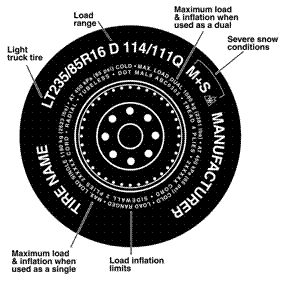
Buying Tires
Some of the best tire brands available in the US are Michellin, Pirelli, Bridgestone, Dunlop, Continental and Goodyear. They can be found in stores all over the country that bear these labels. It is easy enough to find the dealers of any of these brands nearest you, by simply going through the yellow pages and looking for them.


